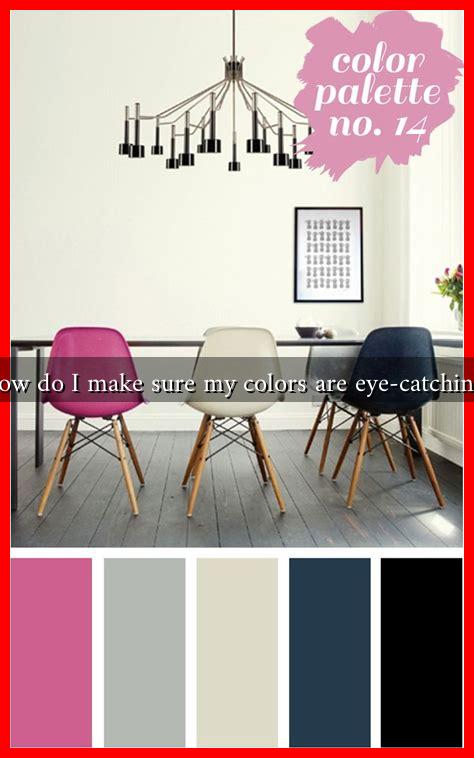-
Table of Contents
How Do I Make Sure My Colors Are Eye-Catching?
Color is a powerful tool in design, marketing, and branding. It can evoke emotions, influence perceptions, and drive consumer behavior. Whether you are designing a website, creating a marketing campaign, or choosing colors for your home, understanding how to make your colors eye-catching is essential. This article will explore effective strategies to ensure your color choices stand out and resonate with your audience.
The Psychology of Color
Before diving into practical tips, it’s important to understand the psychology behind colors. Different colors can evoke different feelings and associations. For instance:
- Red: Often associated with passion, energy, and urgency. It can stimulate appetite, which is why many fast-food chains use it.
- Blue: Conveys trust, calmness, and professionalism. It’s commonly used in corporate branding.
- Yellow: Represents happiness and optimism but can be overwhelming if overused.
- Green: Symbolizes nature, health, and tranquility. It’s popular in eco-friendly brands.
Understanding these associations can help you choose colors that align with your message and target audience.
Choosing a Color Palette
Creating a cohesive color palette is crucial for eye-catching designs. Here are some tips to help you select the right colors:
- Use the 60-30-10 Rule: This rule suggests using 60% of a dominant color, 30% of a secondary color, and 10% of an accent color. This balance creates visual interest without overwhelming the viewer.
- Consider Color Harmony: Use color theory principles such as complementary, analogous, or triadic color schemes to create harmony. For example, blue and orange are complementary colors that can create a striking contrast.
- Limit Your Palette: Too many colors can confuse the viewer. Stick to a maximum of five colors to maintain clarity and focus.
Utilizing Contrast Effectively
Contrast is key to making colors pop. Here are some ways to use contrast effectively:
- Light vs. Dark: Pairing light colors with dark backgrounds (or vice versa) can create a striking visual effect. For example, white text on a dark blue background is both readable and eye-catching.
- Warm vs. Cool Colors: Combining warm colors (like red and yellow) with cool colors (like blue and green) can create dynamic visuals that draw attention.
- Texture and Patterns: Adding texture or patterns can enhance the visual appeal of your colors. For instance, a matte finish can soften bright colors, while a glossy finish can make them more vibrant.
Testing and Feedback
Before finalizing your color choices, it’s essential to test them with your target audience. Here are some methods to gather feedback:
- Surveys and Polls: Use online tools to create surveys asking your audience about their color preferences.
- A/B Testing: If you’re designing a website or ad, consider running A/B tests with different color schemes to see which performs better.
- Focus Groups: Gather a small group of people from your target demographic to discuss and provide feedback on your color choices.
Case Studies: Successful Color Use
Several brands have successfully utilized eye-catching colors to enhance their identity:
- Coca-Cola: The iconic red and white color scheme is instantly recognizable and evokes feelings of excitement and happiness.
- Starbucks: The green color represents growth and freshness, aligning perfectly with their brand message of sustainability.
- Airbnb: Their use of a warm coral color creates a welcoming and friendly atmosphere, appealing to their target audience of travelers.
Conclusion
Making your colors eye-catching involves understanding color psychology, creating a balanced palette, utilizing contrast, and testing your choices with your audience. By applying these strategies, you can enhance your designs, improve brand recognition, and ultimately drive consumer engagement. Remember, the right colors can make a significant difference in how your message is perceived, so take the time to choose wisely.
For more insights on color theory and design, consider visiting Canva’s Color Wheel.

